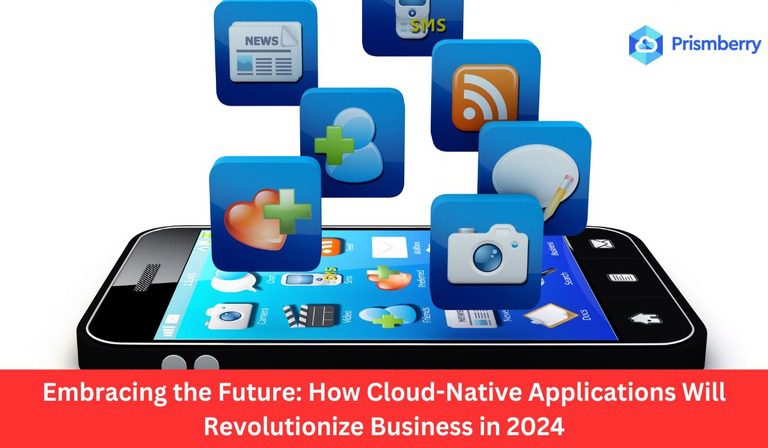Before there was such a thing as microservices, organizations built their business application as a single unit following a monolithic architecture. It was an industry standard to design an entire application as a single component with a massive codebase.
However, with the advent of cloud computing services, businesses have migrated to microservices architecture. Monolithic architecture restricted companies from scaling their operations due to operational complexity. Microservices architecture on the other hand helped companies build flexible and easy-to-deploy applications.
Among the major organizations, Netflix was the first company to adopt microservices architecture after it moved its entire application away from a monolithic structure in 2009. The video streaming giant was forced to turn to cloud computing to keep up with its exploding service demand. Although switching the architecture to microservices might solve a lot of IT issues, the migration is not that simple.
In this blog post, we will discuss the six important things that you should consider when refactoring a monolithic application to microservices
What is monolithic architecture?
Monolithic architecture is a traditional method of building an application. In this approach, the application is designed as a bundle of tightly coupled functions that execute related tasks. Monolith means ‘a large single block of stone’, and true to its meaning monolith applications constitute a singular, large computing network.
Suppose you want to make a small change in the application, you will have to deploy the entire application with updates. It drains both resources and time. Following the digital revolution, quite a few companies started offering cloud computing services, democratizing the move to microservices
What are microservices?
Microservices architecture breaks your application into small or micro pieces of services. Each service you create in this model will have its own business logic and necessary database. You will use APIs (Application Programming Interfaces) to integrate the different services. To the end-user, you provide a dynamic and streamlined application.
Microservices allow you to build services in an isolated manner. This makes it easier to add, remove or upgrade features without disrupting the entire application. Unlike in monolithic architecture, here your developers will have greater autonomy and independence in building the application.
While assessing the move from monolithic to microservices requires a thorough discussion, the road isn’t paved once you make the decision. Because then comes the strategy you need to follow for a smooth transition. Below are the top 6 considerations you need to make when converting a monolithic application into microservices
Key points to consider when refactoring monolith to microservices
- Decouple by domain-driven design
Your migration shouldn’t have to be a disruptive event. Once you’re ready and also have a cloud computing service provider in place, start by incrementally converting your application into smaller parts or services. One of the popular ways to refactor an application is Domain-driven Design. In this software development approach, you follow the below process:
- Select relevant models in your monolithic architecture to turn into common vocabulary.
- Define an abstract domain model of your monolith software.
- Set a bounded context to implement boundaries with clear models and responsibilities.
Identify and assess the current monolithic structure
Quite understandably, refactoring an entire monolithic structure into microservices will be a massive undertaking. If you can’t afford to keep your services down for a long time, you can opt for a phase-wise manner. For this, you will need to assess your existing architecture and identify loosely integrated modules. Ideally, these modules should have as little dependency as possible.
Besides dependency status, you can also consider critical business processes, modules that need enhanced security, and organizational priorities when shifting to microservices.
Extract a service from a monolith
Once you finalize your migration strategy and identify modules for conversion in an incremental process, you can begin the process. For this, you need to take care that your modules coexist in both monolithic and microservices architectures. As the traffic is moved from monolithic to microservices via an inter-process communication adapter, you can reduce the dependency on monolith to the point where you can eliminate it entirely.
Manage a monolithic database
After you move modules to microservices setup, now comes the refactoring of databases. Traditionally, monolithic databases don’t include a separation between database objects. But the microservices architecture needs a service-wise database split. To begin with, you can run an analysis into database mappings to understand the monolith database build-up.
Shared mutable data and distributed transactions
In microservices, as you isolate different functionalities, the access to data between modules happens through APIs. The frequent interactions between APIs or services add to the networking load. While this might impact performance, sharing small packets of data can be acceptable. One another method of transferring data is through replication.
Design and implement interservice communication
Microservices architecture is based on efficient communication between different services. It involves complex networking, unlike in monolithic applications where components interact with each other through function calls. Therefore, it is important to have interservice communication in place based on how your services will interact within the architecture.
Conclusion
Before you decide to modernize your monolithic application by opting for cloud computing services, you must understand the challenges it involves. As much as it is appealing to adopt microservices, it will involve thorough planning, migration strategy and multiple iterations.
Prismberry is a next-gen cloud and data solutions provider that helps clients migrate from monolithic applications to microservices. We specialize in helping organizations move towards a modern, cloud-native architecture that is scalable, secure, and cost-effective. With our expertise, businesses can maximize their potential and achieve their goals.




